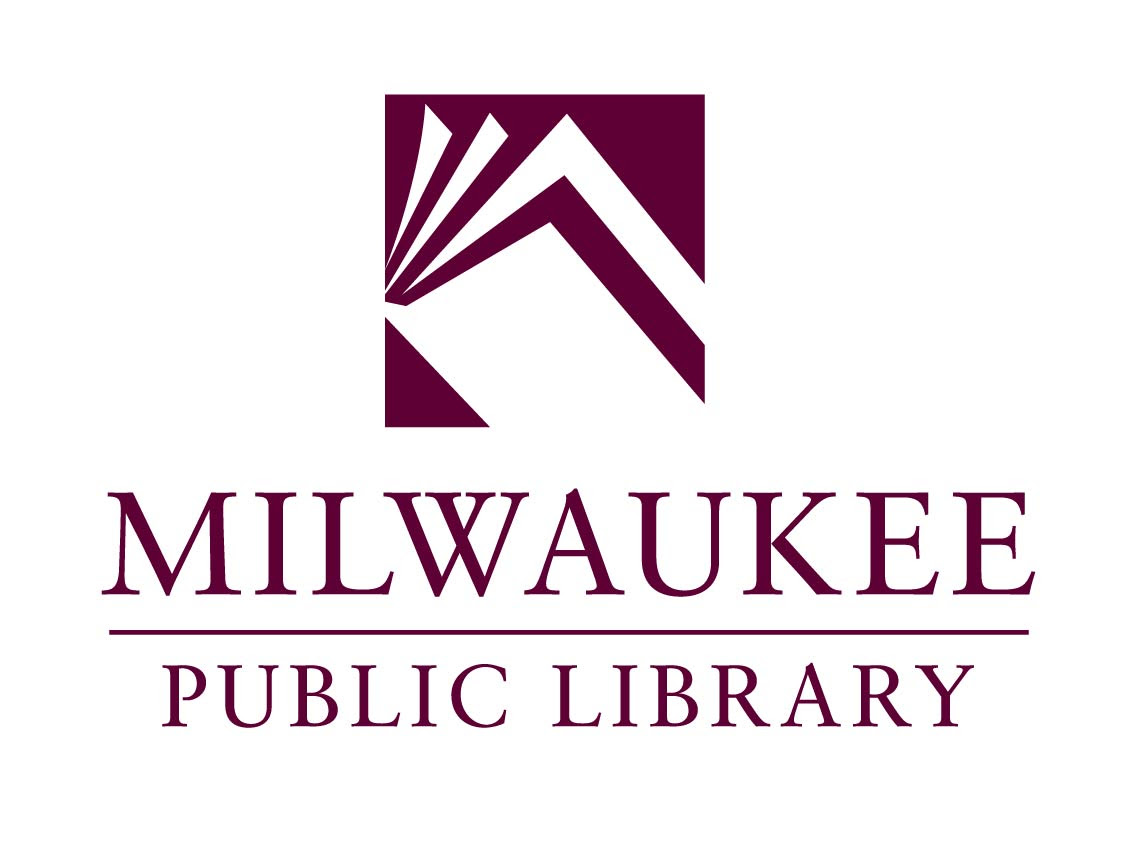Preparation for the Prompt, and/or Prompt Toward Equilibrium, With 5 Detours Along the Way
Prompts Against Anxiety #32 | from Lisa Fishman, whose most recent books are Mad World, Mad Kings, Mad Composition (Wave Books, 2020) and 24 Pages and other poems (Wave, 2015). She is certified to teach alignment yoga but would probably call what she’s learned something else, for various reasons. Currently based in Unama’ki-Cape Breton, Nova Scotia, she's been dividing her time between Canada and her farm in Wisconsin. She teaches creative writing and literature at Columbia College Chicago.
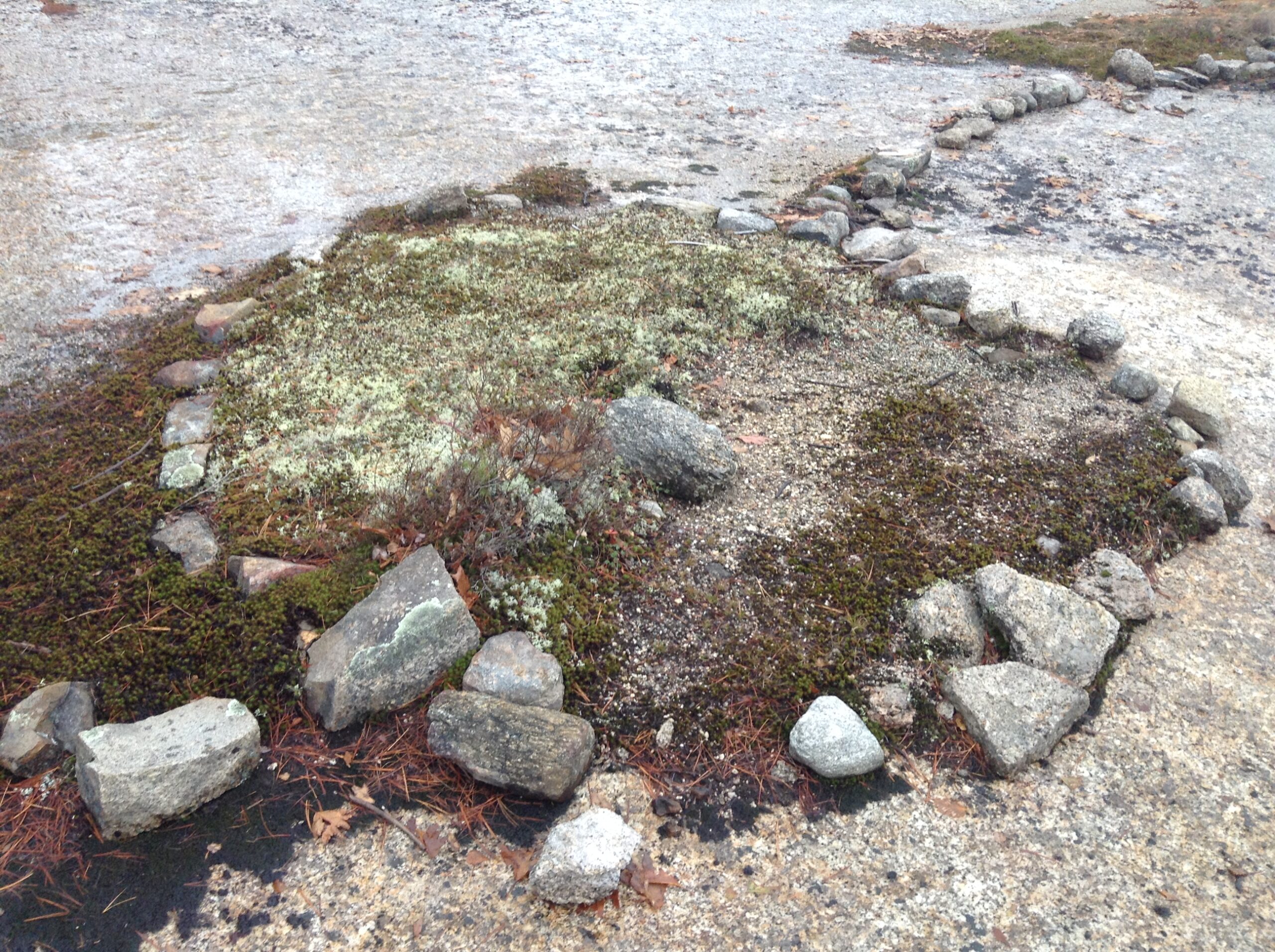
I’d like to offer a set of physical actions, or rather a series of acts of awareness (awareness as action) that I hope may serve as “preparation for the prompt,” whatever prompt(s) one chooses or feels chosen by. It may be that what one brings to the prompt, the state of being / way of feeling when one approaches a prompt, is more significantly involved in the alleviation of anxiety than the prompt itself. With that intention at the center (to propose a way of meeting anxiety with less distress, easing the emergence of writing), I’ll share a short physical/observation-based sequence I learned as “grounding,” with deep thanks to Scott Anderson. From it, any writing/prompt may emerge. The 10-minute sequence (longer if you like) can be done in a wheelchair or hospital bed; it doesn’t depend on limb usage or sight or hearing. It doesn’t involve deep breathing, which can cause stress for some people.
First, some thoughts along the way:
1. I’m borrowing the term “preparation” from Merce Cunningham, who brought it from ballet into a modern context when he called particular movements preparations, such as “a preparation for rising and falling.” I’m thinking of preparation as the setting up of some conditions that may allow for receptivity, or equilibrium, or awareness/presence. What happens afterward, via a writing prompt, will be infinitely variable—ideally, unpredictable. The same can be said for the experience within the preparation, too. Which could mean that both the preparation and (or as) the prompt should vanish in the experience of being present to what they open up for you.
2. If the distinction disappears, then a preparation may itself be the prompt.
3. And! The most important distinction to disappear may be the one between “prompt” and “poem.” When I was putting together my recent book, I found that even the articulation of [the instructions for] prompts and/or preparations were sometimes poems.
4. Or, to reverse the paradigm, a poem itself is essentially a prompt: inviting, catalyzing, preparing the way for the next poem. (At the same time: it changes, completes, undoes, renews, brings forward prior poems, too. The relationship—the action—is multi-directional.)
5. And still before proceeding . . . I’m thinking about the preposition in “prompts against anxiety.” I wonder if something different happens, conceptually, if the grammar of negation (against) recedes. Prompts could be framed as being toward something—or with or for or to something. “Prompts inviting equilibrium,” “prompts toward peace,” “invitations to being present,” and “prompts toward calm” are possibilities. Language in the prompts shared by E. J. Koh, Kimberly Alidio, Portia Cobb, Eric Baus, and Lewis Freedman, among others, foregrounds this orientation, either explicitly or implicitly:
“[. . .] to write toward love” (Koh)
“So what to do, except to ‘be’?” (Alidio)
“I began to focus my attention on what I did that brought me joy” (Cobb)
“Begin anywhere (John Cage, quoted by Cobb)
“[. . .] a little more time & space to my awareness of moving in the movement as it moves.” (Freedman)
“Writing ‘Dear ____’ is a way of moving toward something or someone.” (Baus)
Okay, here goes: A Minimally Physical, Primarily Observational Practice as Preparation for the Prompt—With the Caveat That Any Prompt May Be the Poem, and That a Poem, Too, Is a Prompt:
Okay, here goes: A Minimally Physical, Primarily Observational Practice as Preparation for the Prompt—With the Caveat That Any Prompt May Be the Poem, and That a Poem, Too, Is a Prompt:
Okay, here goes: A Minimally Physical, Primarily Observational Practice as Preparation for the Prompt—With the Caveat That Any Prompt May Be the Poem, and That a Poem, Too, Is a Prompt:
Okay, here goes: A Minimally Physical, Primarily Observational Practice as Preparation for the Prompt—With the Caveat That Any Prompt May Be the Poem, and That a Poem, Too, Is a Prompt:
1. Choose how to be: sit, lie down, or stand somewhere, or you might “begin where you are,” wherever, in whatever position. Eyes: closed or open, open or closed.
[Note that if you lie down on your back, you might bend your knees so that the soles of your feet are on the floor. Many people find that this takes pressure off the lower back. This position might just be enough to ease lower back pain and/or alleviate anxiety. You could stop here! Or anywhere along the way.]
2. Whatever your position, if you can feel your feet on the floor, do so. That is, bring your awareness to your feet making contact with the ground—the ground under the floor or under the chair; the ground holding the floor up, the ground holding you. Let your feet be aware, or imagine that your feet are aware, of what they’re touching.
3. If you’re sitting down, whether on the floor or in a chair, and if you can feel your “sit bones” (aka sitz bones, aka rump) on the floor or chair, do so. Don’t try to change anything; just let yourself be aware of that contact: your rump in contact with, and supported by, the chair or floor. It can be interesting to notice whether it feels different to notice that contact. No worries if not.
4. Whether you’re sitting or lying down, do the same with regard to your spine: see what it feels like if you imagine or notice your spine making contact with the floor or the back of the chair or a bed. Imagine that you can let go of tension in your spine—just as you have let go of tension in your feet and in your rump/pelvis—by letting them loosen or soften.
5. Hands. Are they tight? Bring your awareness to them and invite them to be more open and relaxed.
6. How are you holding your mouth? Envision your whole jaw relaxing. “Now for the weird part,” as I learned it: visualize the inside of your mouth, specifically the roof of your mouth: the palette. See what happens, if anything, if you think of your palette as spacious. If visualizing appeals to you, visualize the roof of your mouth as relaxing, softening, expanding. Nothing needs to happen. Nothing to do, “except to ‘be’” (Alidio). It’s fine if your awareness does not seem to be going to the roof of your mouth. A general invitation to let your jaw relax is still in play.
7. Redux. If you wish, let your awareness go back over what you’ve given some of your attention to: your feet, your sit bones, your hands, your jaw. You could invite them again to soften and relax, to let go of any tension unconsciously being held there. Invite this to any extent, even if you don’t observe a difference. You could ask yourself whether you do observe a difference. If yes, then yes; if no, then no. Either observation is the practice.
8. Finally, if your eyes have been closed, very gradually and gently let them open. When they’re open, bring your awareness to your eyes and all the little muscles around your eyes. Offer that part of your face the possibility of letting go of tension. Let your gaze be soft.
I find #s 6 and 8, relaxing the jaw and softening the gaze, especially helpful when I’m on Zoom a lot. For me they’re also easy and helpful to do in a social setting, when our faces can be working hard to be expressive in conversation, or when teaching. With periodic awareness, the eyes and jaw can be let to relax a bit more than they were. Students in the classroom and on Zoom seem to appreciate being invited to do this.
Now choose your prompt from the many and varied fabulous ones provided here by 31 people so far, periodically “checking in” with what you were focusing on during the practice of grounding. You can do any or all of the above #s 1–8 in any order, for any duration. You can add other areas of the body to focus on, and consider that it’s really a practice of observation.
Here are two prompts of mine I found not to be separate from what are called poems, in Mad World, Mad Kings, Mad Composition:

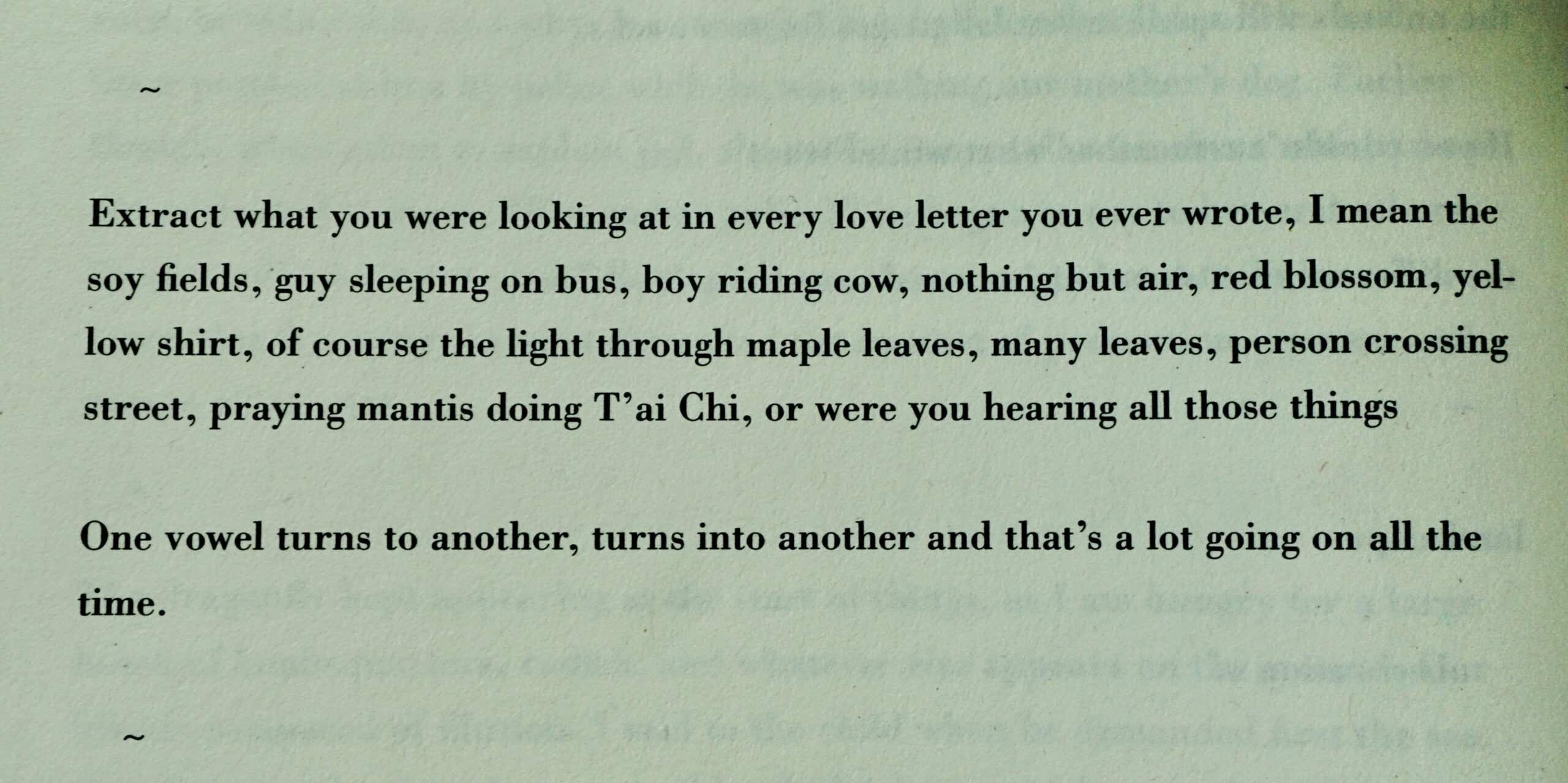
Prompts Against Anxiety is sponsored by Milwaukee Public Library, an anchor institution that helps patrons read, learn, and connect—to our resources and our community. Now more than ever, stay connected, stay home, and stay safe.
More from this series
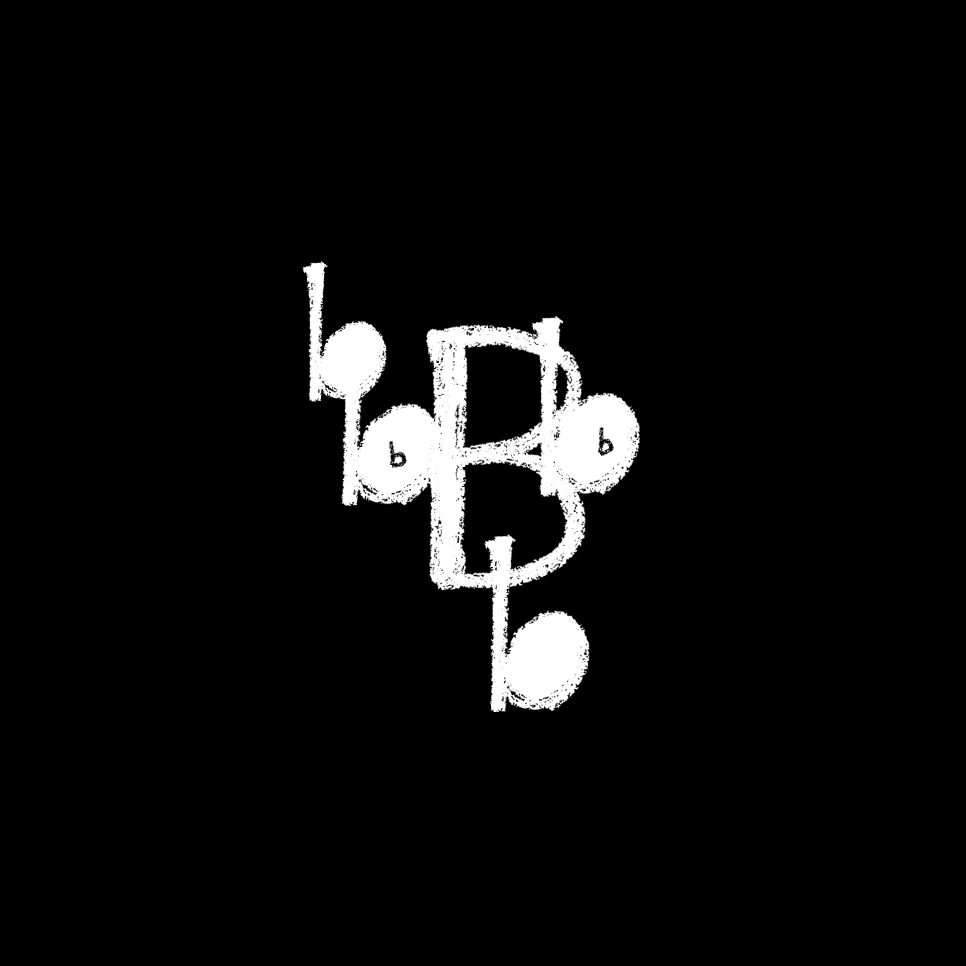
The Word was in the beginning but it is made of letters.Prompt #40—giovanni singleton

Write in NaturePrompt #39—Oogie Push
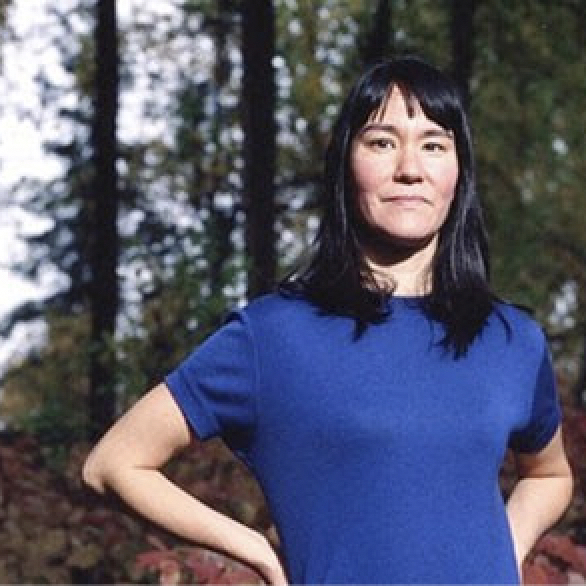
Real FoodPrompt #38—Joan Kane
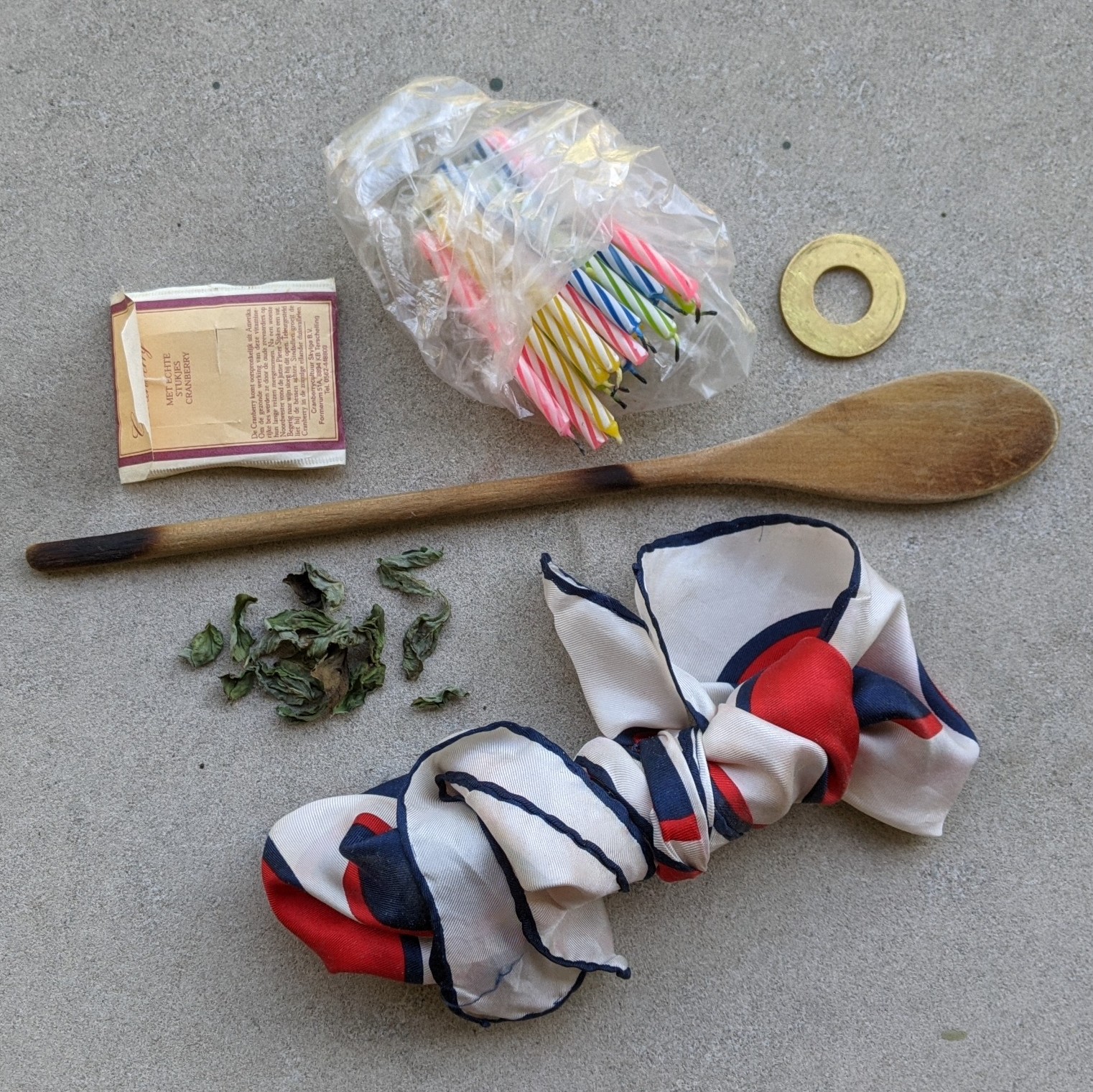
You Don't Need Proust to Smell GoodPrompt #37—Elizabeth Hoover
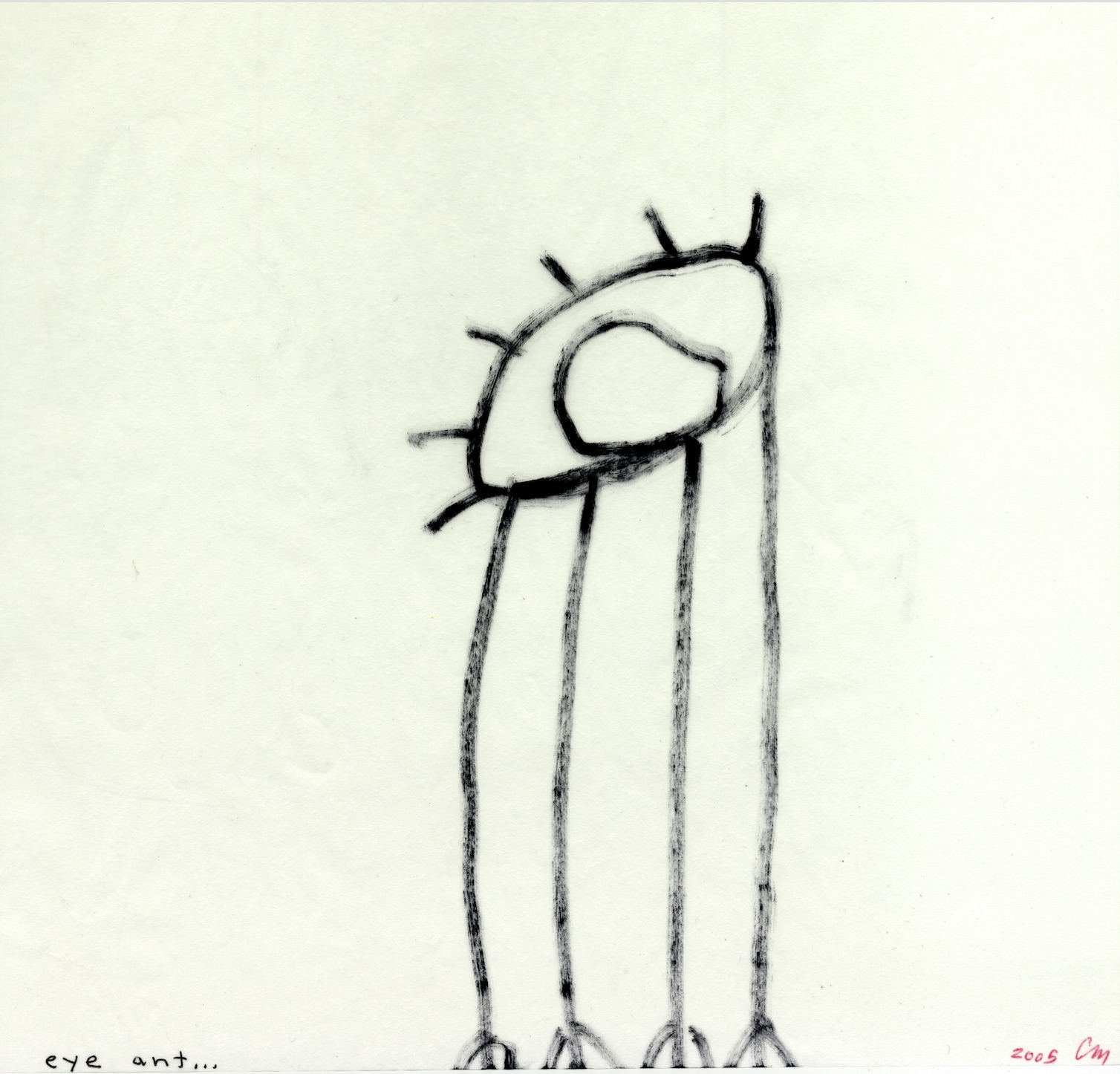
Find Your Own FormPrompt #36—Sawako Nakayasu

Tarot Recall: A Visionary Exercise for the PresentPrompt #35—Laurence Ross

Queers in Love at the End of the WorldPrompt #34—CJ Scruton
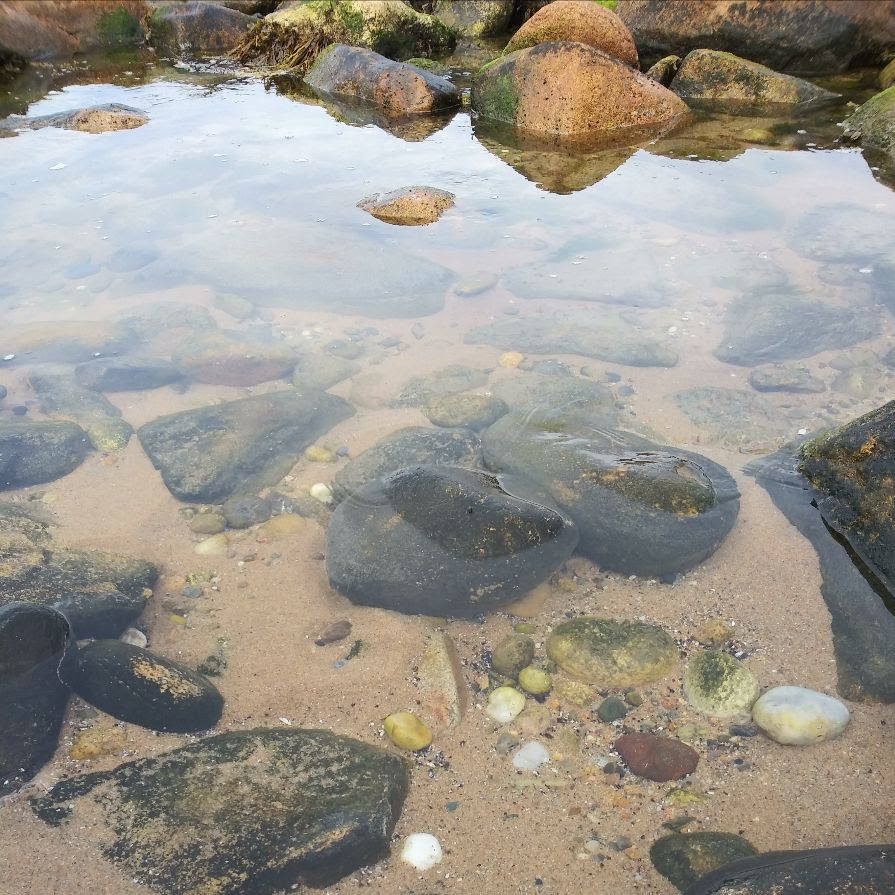
WORKBOOK FOR CHANGE: TWO PROMPTSPrompt #33—Kate Schapira
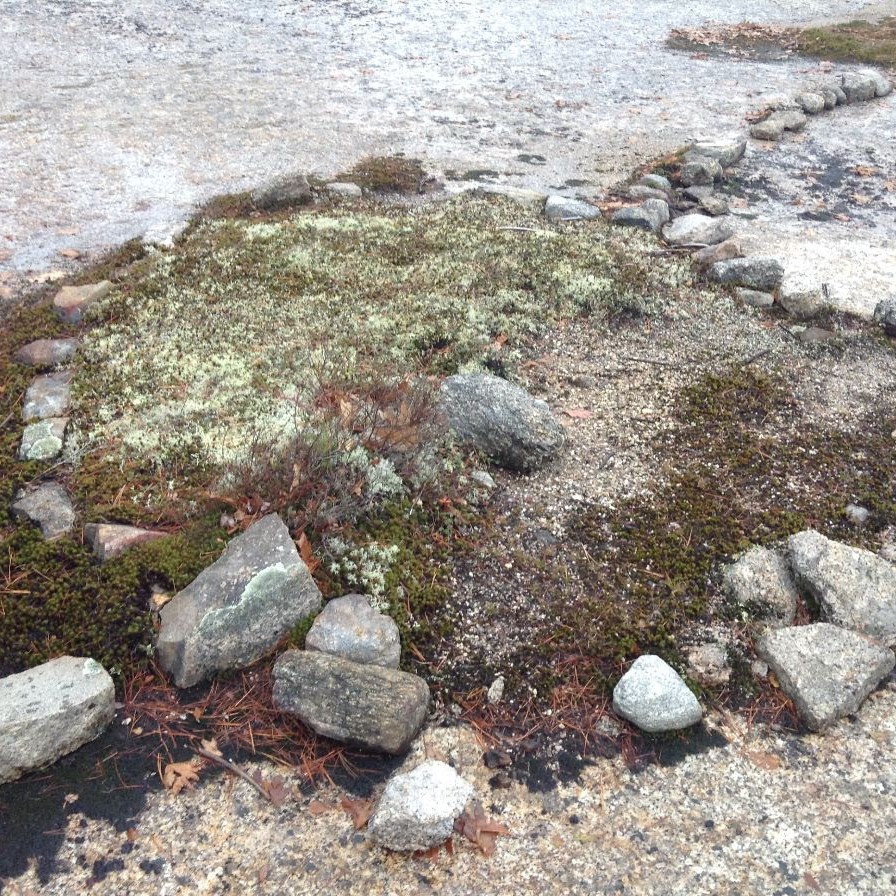
Preparation for the PromptPrompt #32—Lisa Fishman

Collage Your Own Writing PromptPrompt #31—Helen Hofling
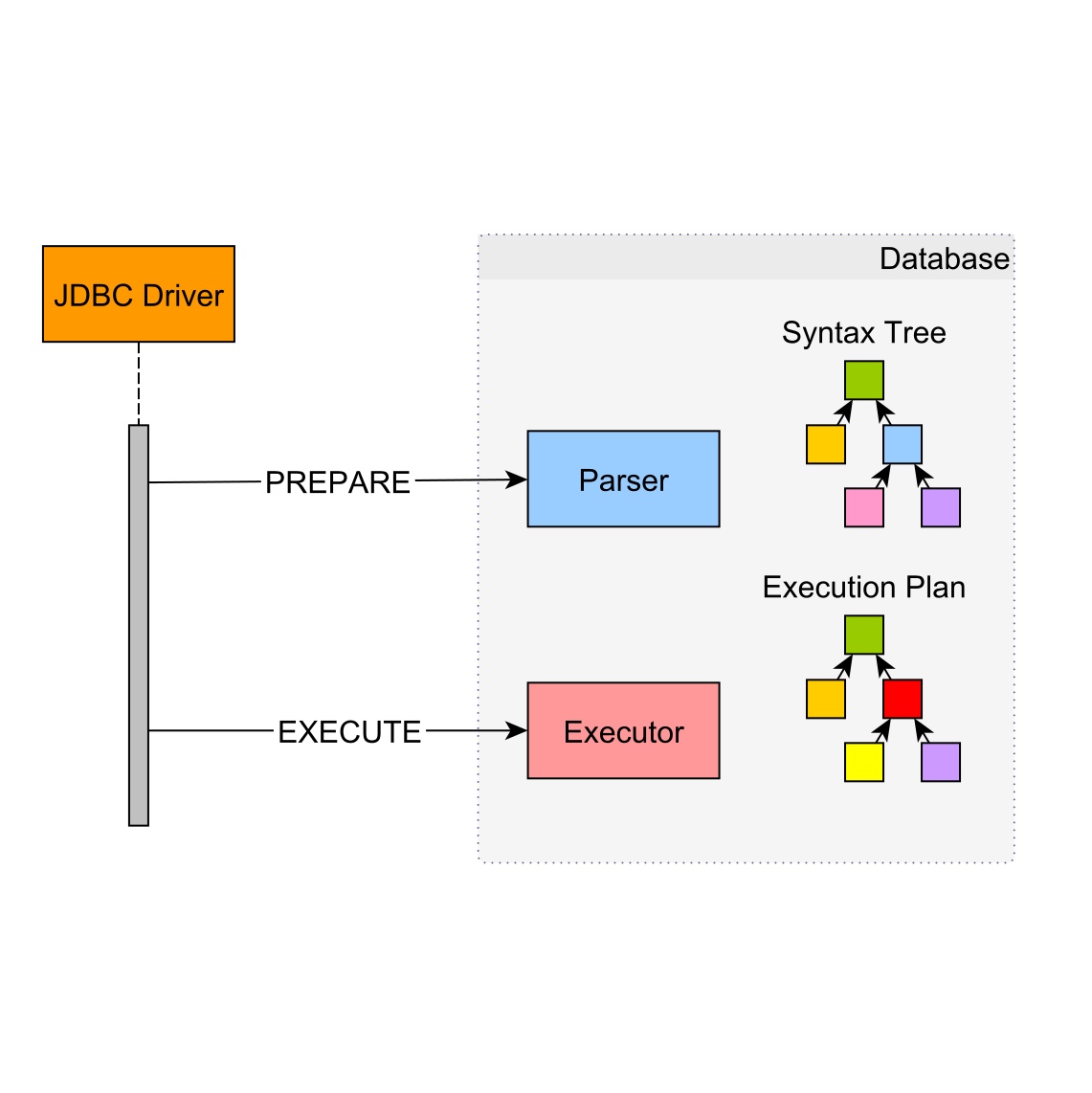
Prepared StatementPrompt #30—Mike Hauser
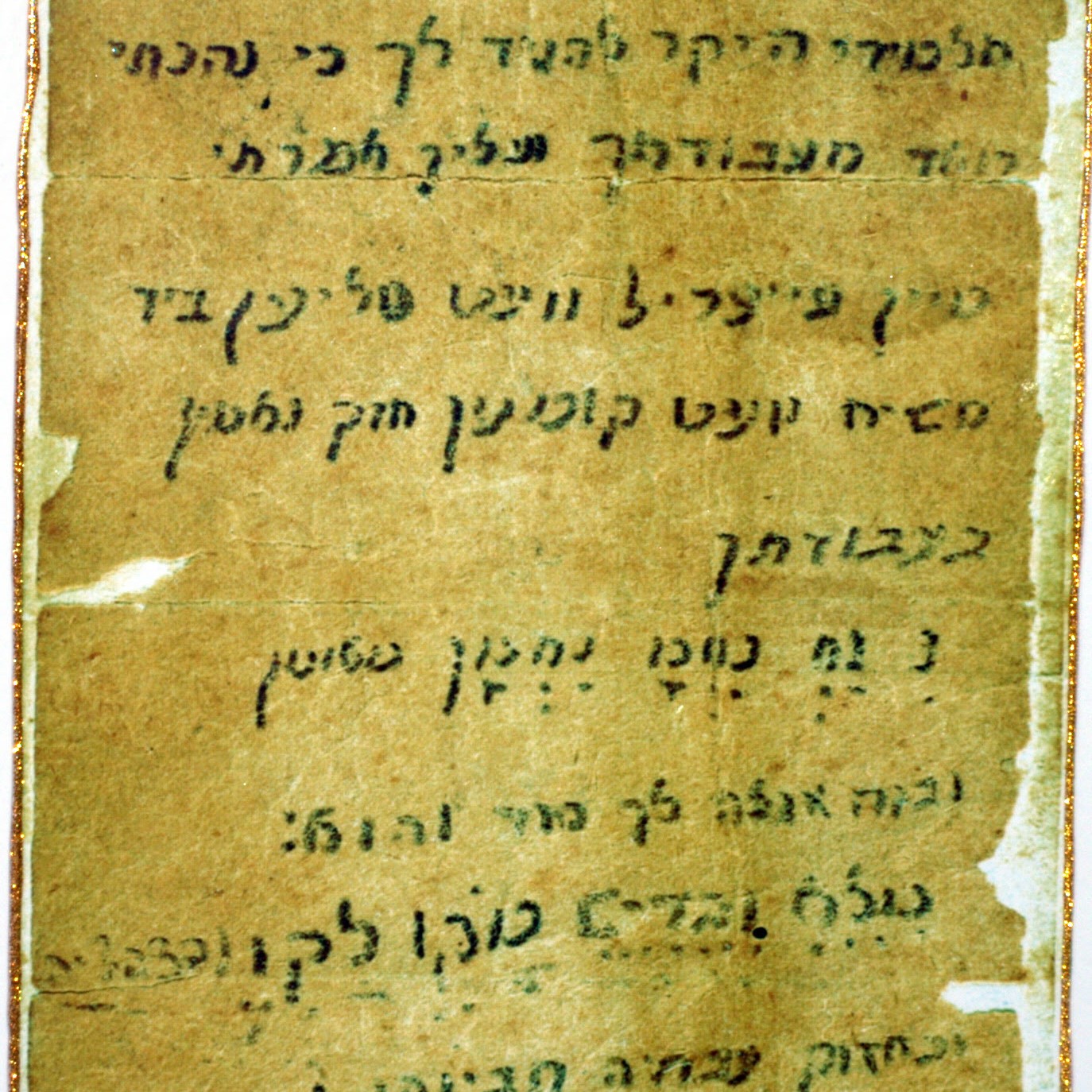
Repeat Repeat WritePrompt #29— Lewis Freedman
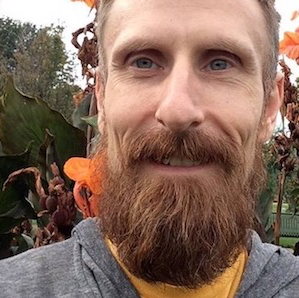
Poetic CorrespondencePrompt #28—Eric Baus

EKPHRASIS YOURSELFPrompt #27—Jennifer Nelson
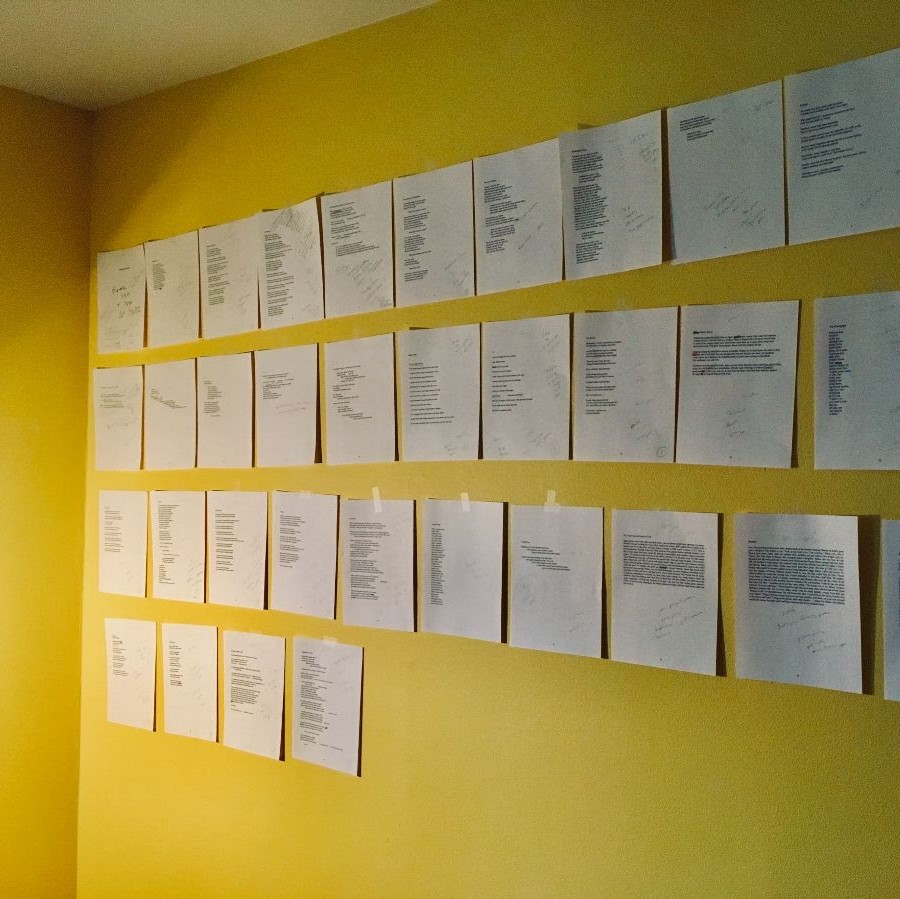
POETRY IS FOR THE PEOPLEPrompt #26—Angela Trudell Vasquez
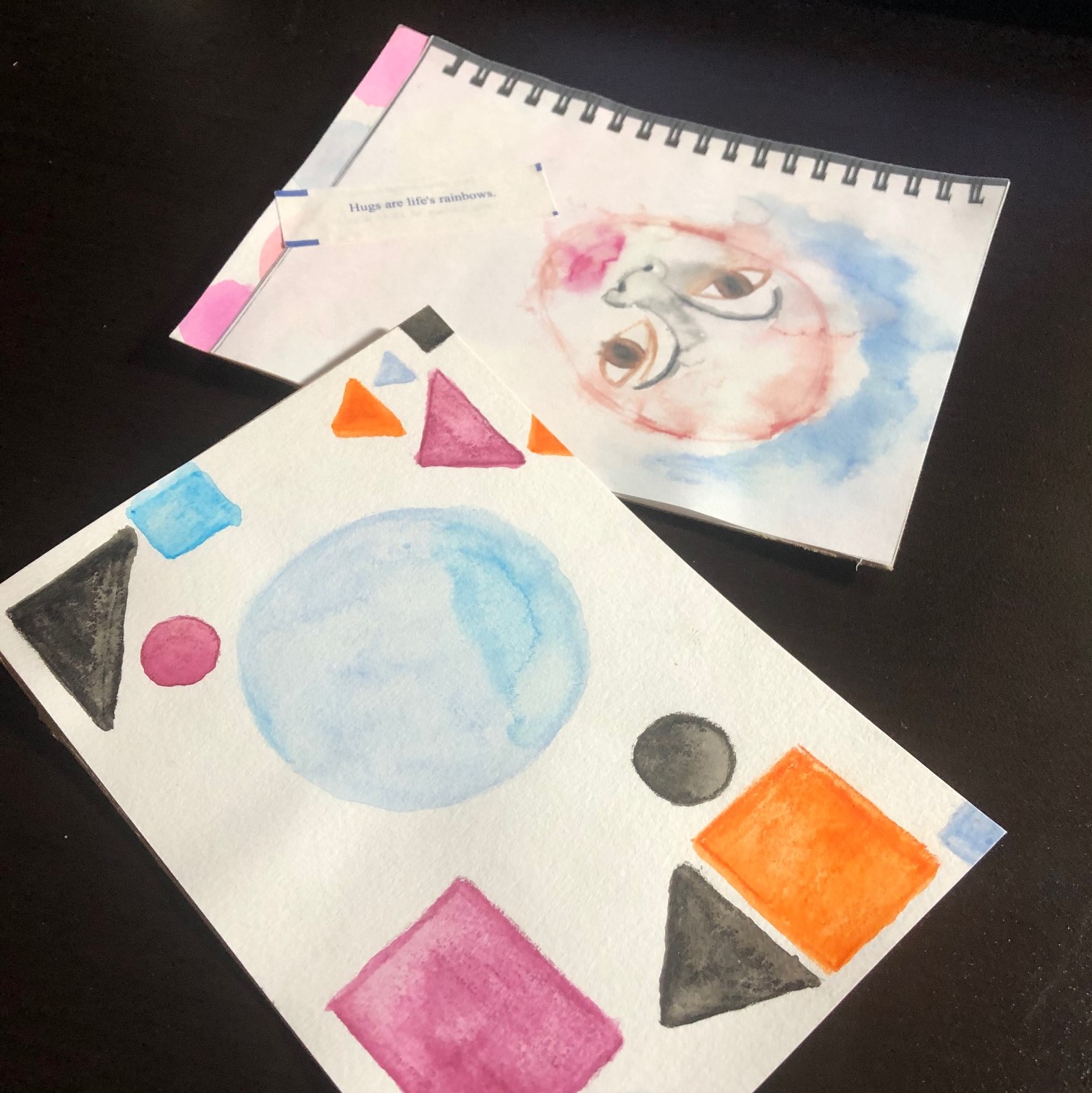
MAIL ARTPrompt #25—Siwar Masannat
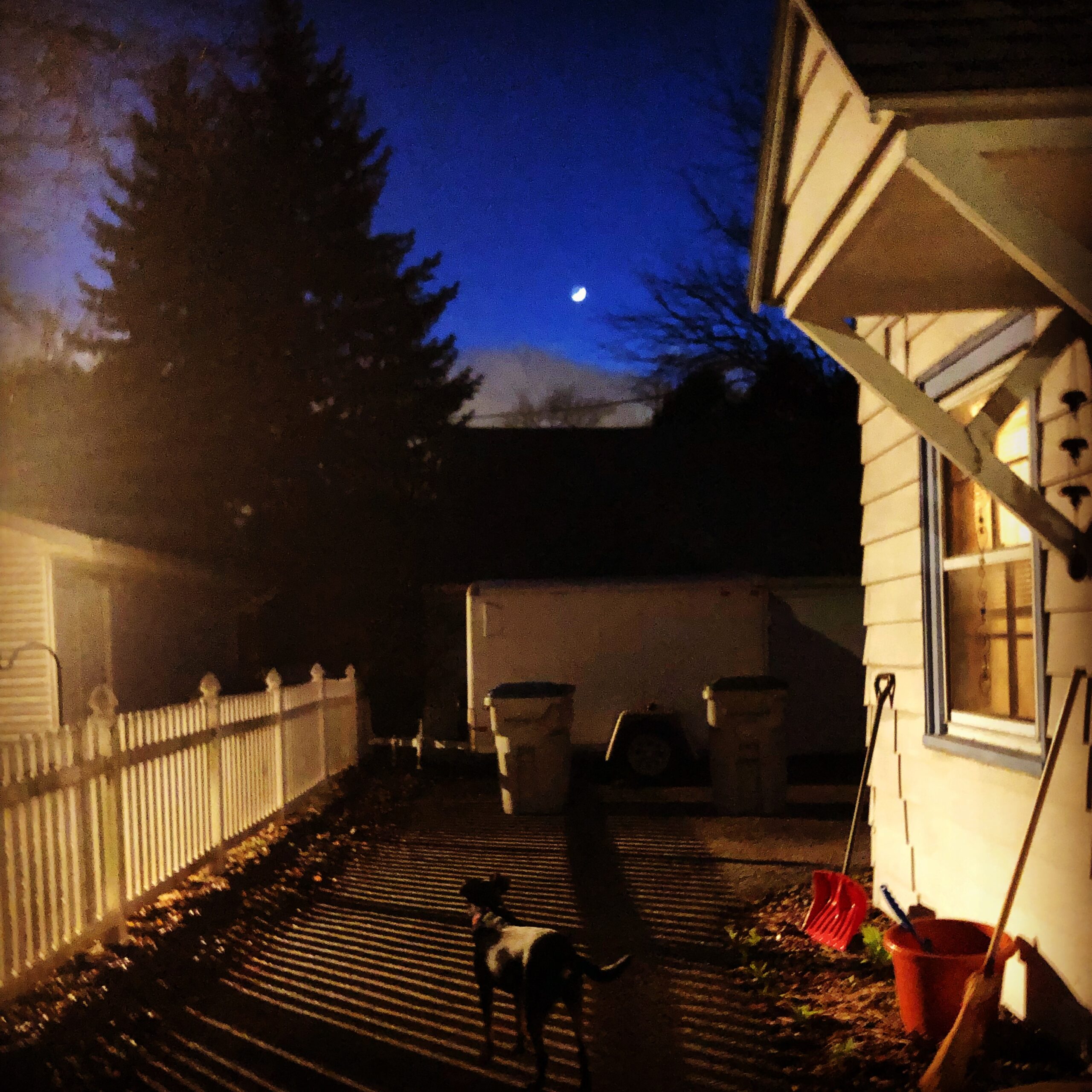
VISUAL POSTCARDSPrompt #24—Portia Cobb
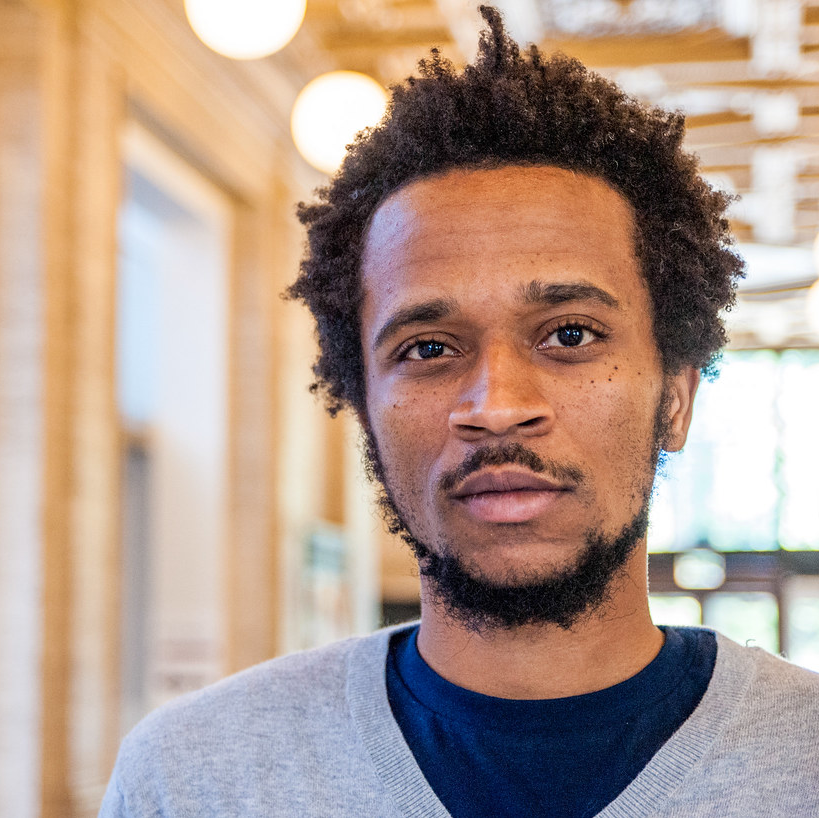
A [LONGER-TERM] DEEP LISTENING PROMPTPrompt #23—Jibade-Khalil Huffman

Humor as Medicine for the SoulPrompt #22—Mauricio Kilwein Guevara

Personification: A Social Justice PromptPrompt #21—Derrick Harriell

Ponge ExercisePrompt #20—Tyrone Williams

Occult DocupoesisPrompt #19—Kimberly Alidio
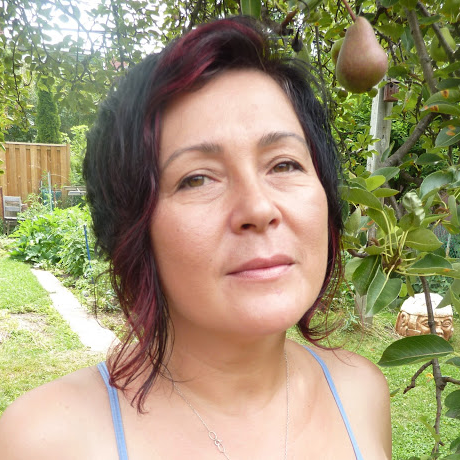
Junk Drawer SongPrompt #18—Hoa Nguyen

TALK TO THE POETSPrompt #17—Stacy Szymaszek
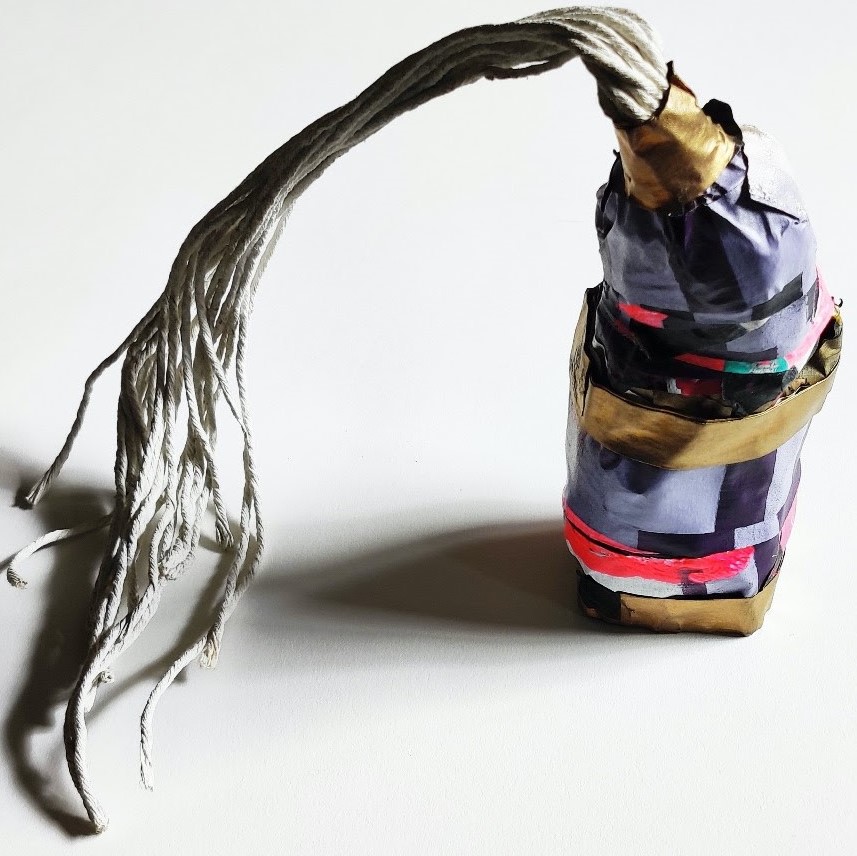
Make-Do Origin Stories & Concrete FuturesPrompt #16—Ching-In Chen

The Family PhotographPrompt #15—Rosa Alcalá

Writing Advice for Your Younger SelfPrompt #14—E.J. Koh
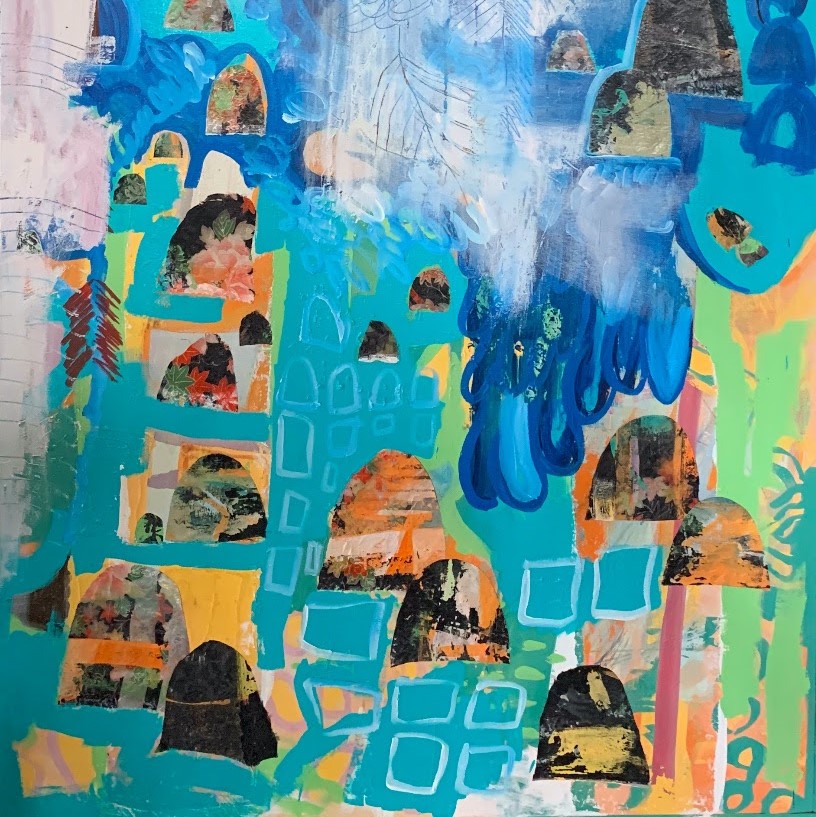
Note(s) to SelfPrompt #13—Stacy Blint
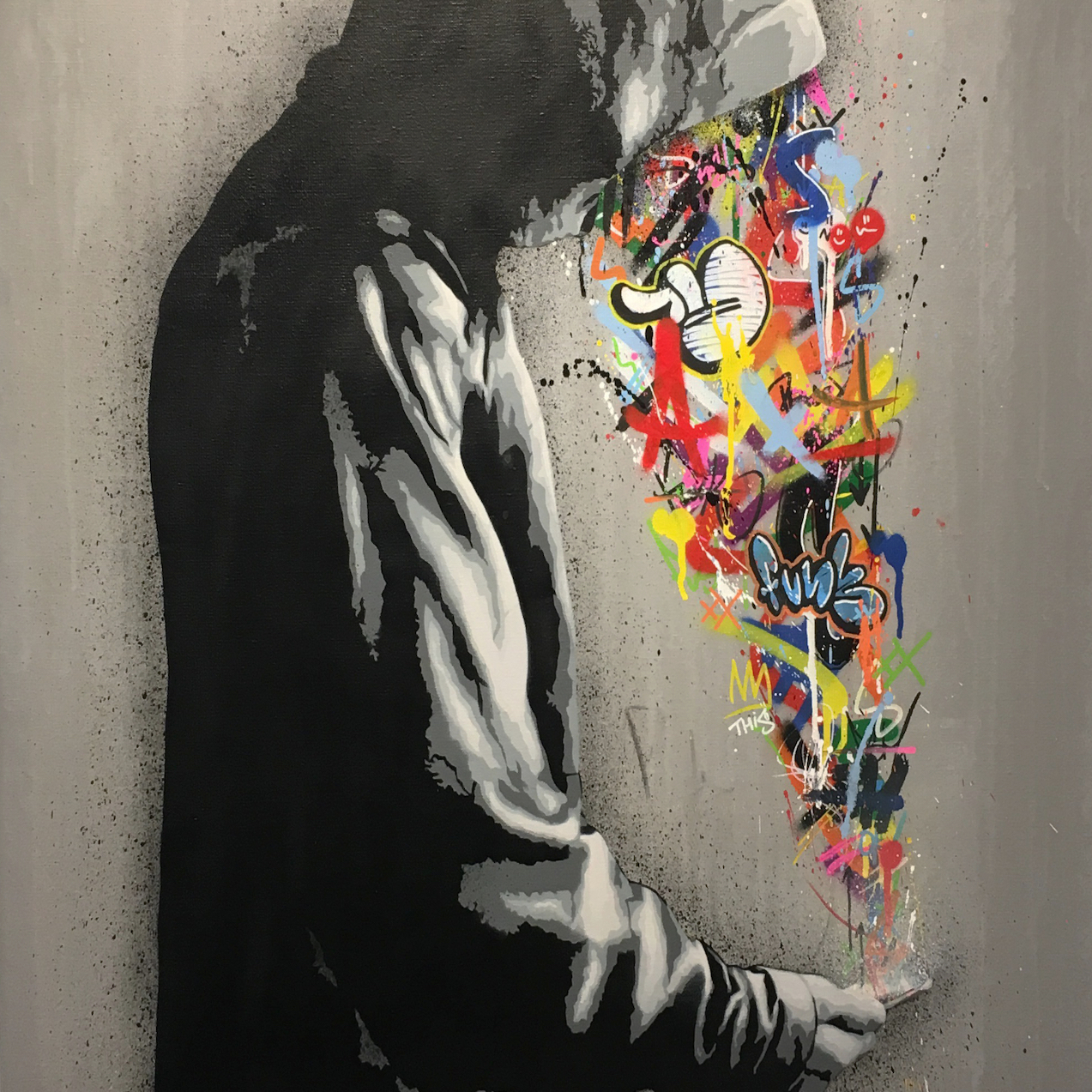
Embracing ConfusionPrompt #12—Bryon Cherry
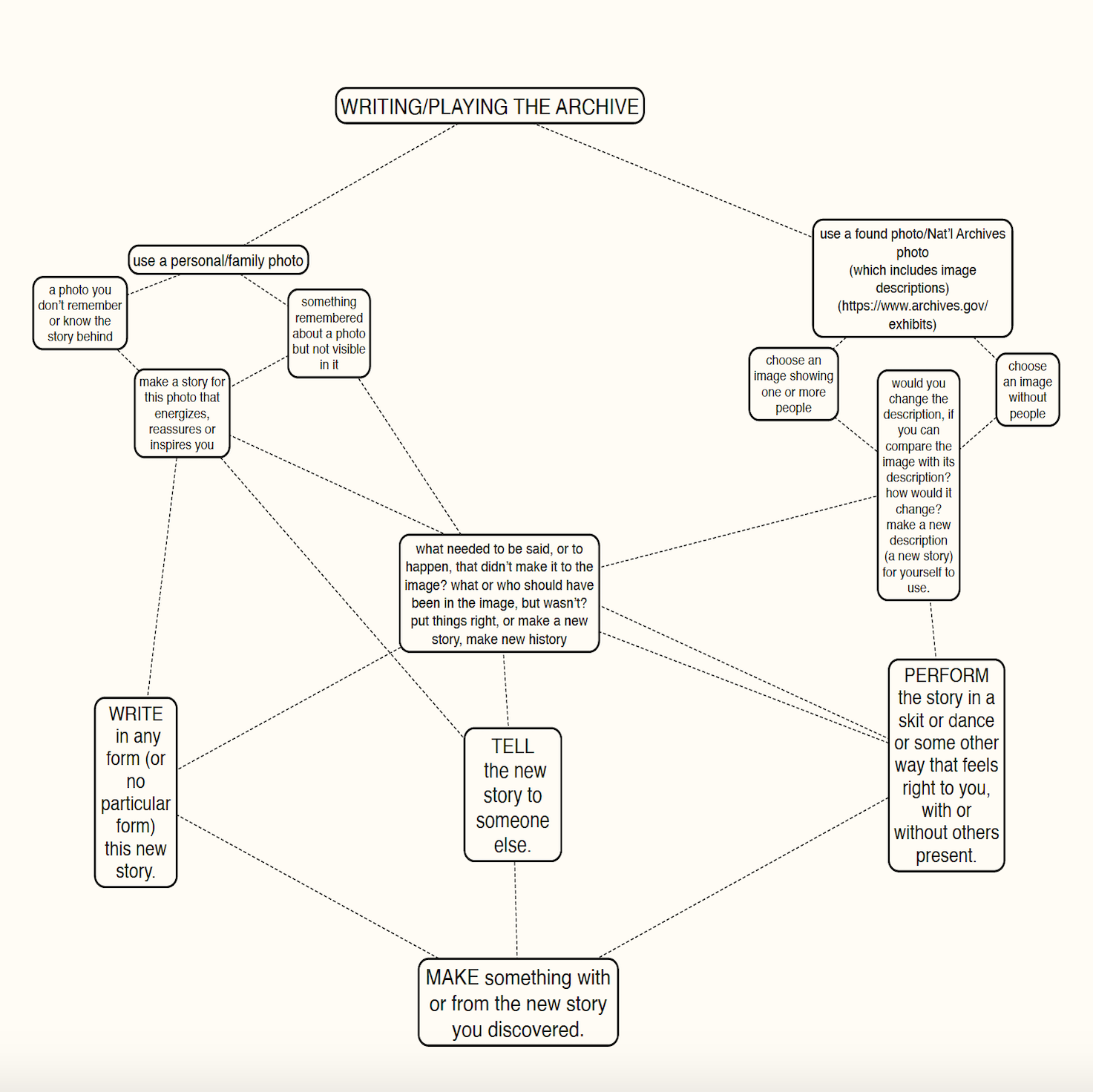
Writing/Playing the ArchivePrompt #11—Jay Besemer

CAPTURED & FREEDPrompt #10—Dasha Kelly Hamilton
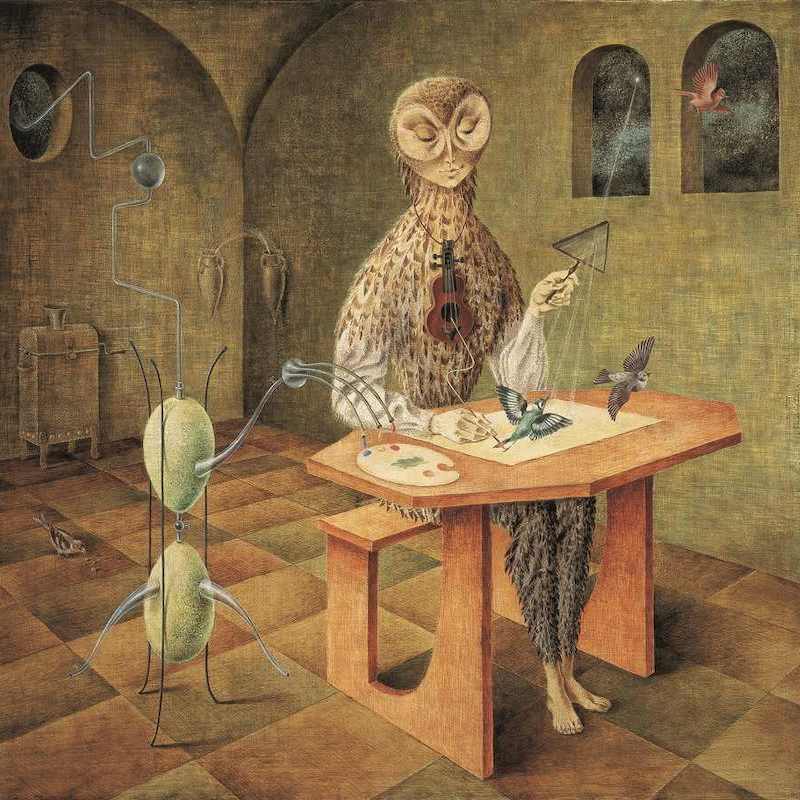
Poetic Exit StrategiesPrompt #9—Ana Božičević

Proyecto ConbífPrompt #8—Erick "CK" Ledesma
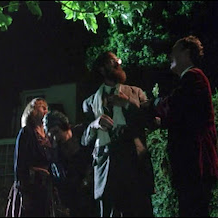
TRILOGYPrompt #6—CA Conrad

Utopian CompromisePrompt #7—Paul Druecke
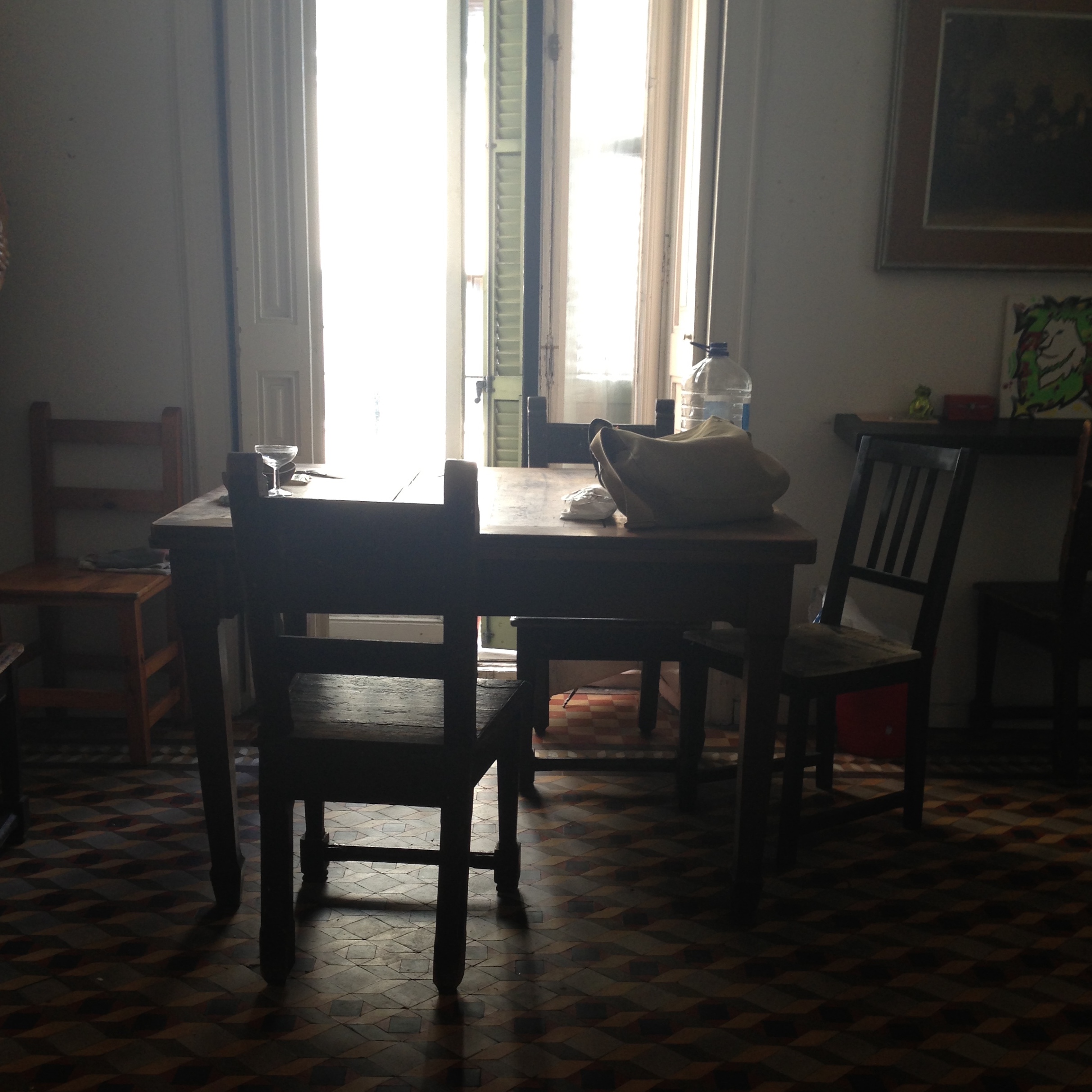
A Series of RoomsPrompt #5—Laura Solomon
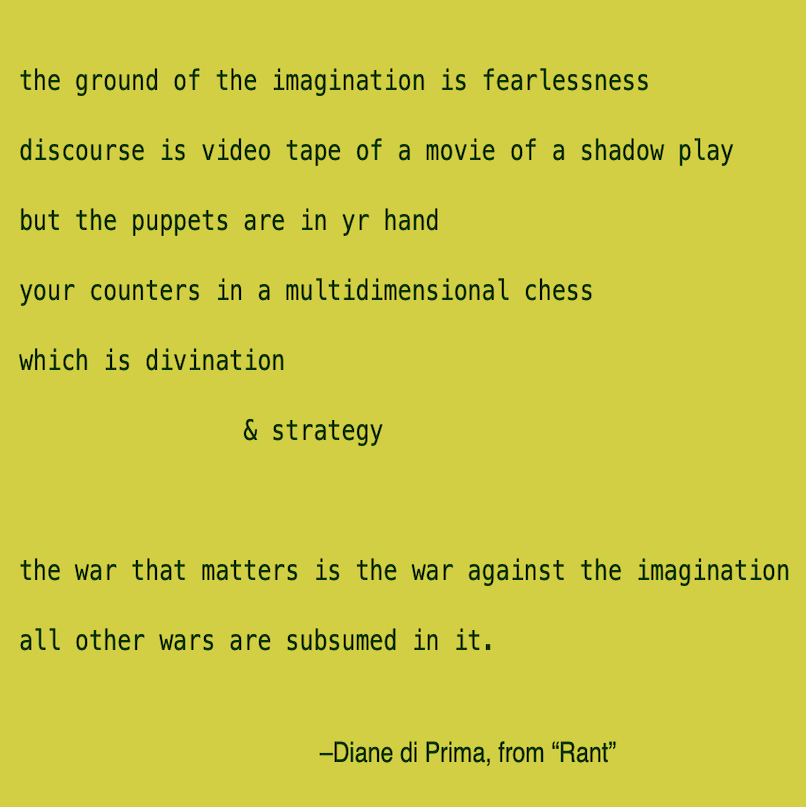
Two Variations on N+7Prompt #4—Jenny Gropp
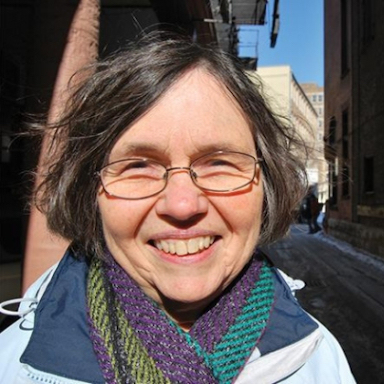
T H E A P A R T / TOGETHERPOEMPrompt #3—Margaret Rozga
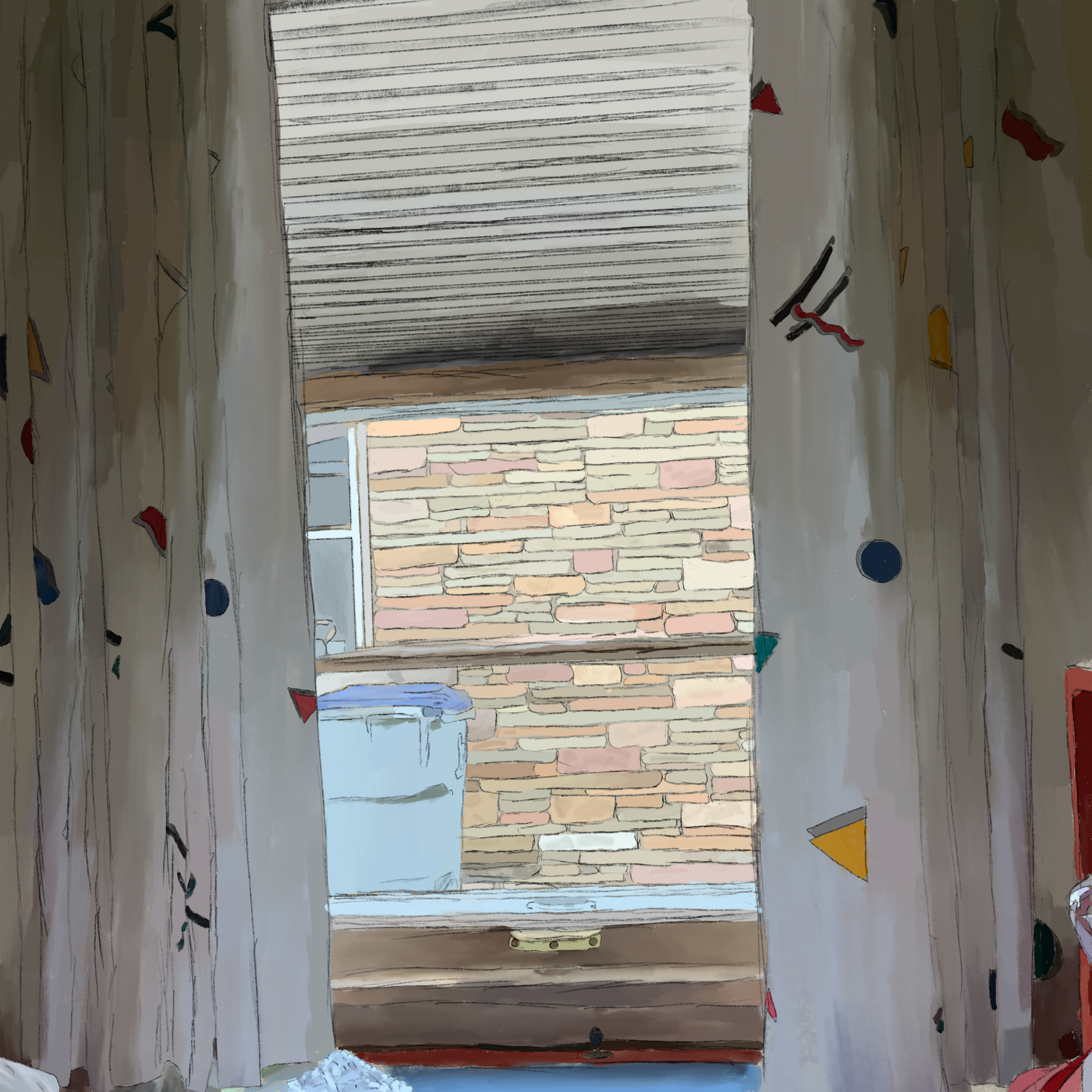
An Exercise in WindowsPrompt #2—Marla Sanvick
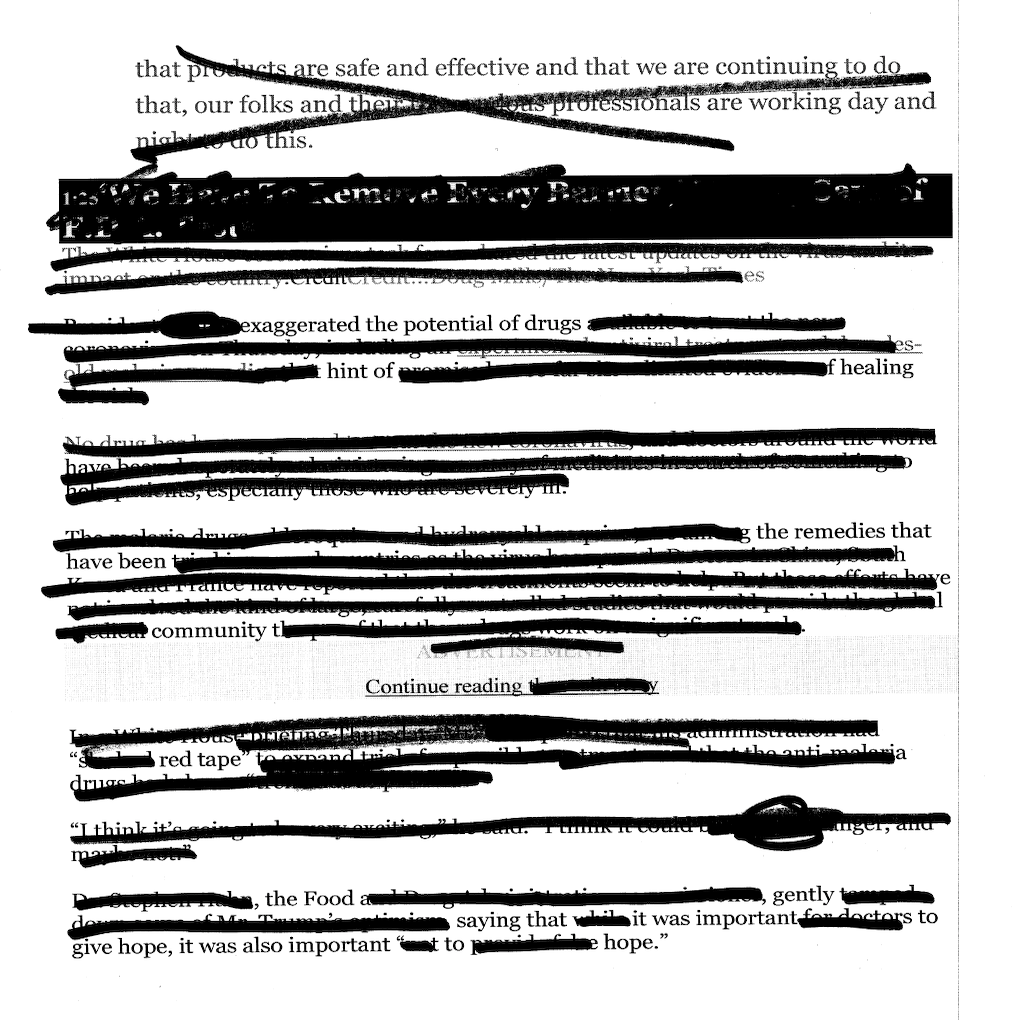
Erasuring AnxietyPrompt #1—Peter Burzynski
We acknowledge that in Milwaukee we live and work on traditional Potawatomi, Ho-Chunk, and Menominee homelands along the southwest shores of Michigami, part of North America’s largest system of freshwater lakes, where the Milwaukee, Menominee, and Kinnickinnic rivers meet and the people of Wisconsin’s sovereign Anishinaabe, Ho-Chunk, Menominee, Oneida, and Mohican nations remain present.
We further acknowledge the grave evil colonialism introduced to these lands through genocide as well as slavery, and also via racist and xenophobic beliefs, laws, and practices that continue to inflict harm upon Black, brown, and Indigenous lives. We honor those who have lived—and do live, now—at these intersections of identity and experience, and are committed to the active dismantling of white supremacy.
720 E. Locust Street
Milwaukee, WI 53212
Phone: 414 263 5001
Hours: Tues–Sun | 12-7 pm
Closed Mon
Building Accessibility: Despite the age of our physical location, and attendant limitations to access, Woodland Pattern is committed to making its programs and facilities available for as many as possible. Please call for more information.
Events Accessibility: Woodland Pattern is able to offer captioning services for its online events and with advanced notice can provide ASL interpretation for live events. Please contact us with accommodation requests and questions.
© Woodland Pattern 2025
